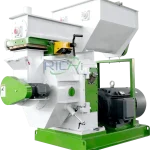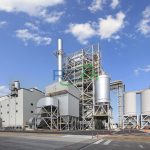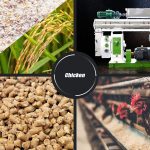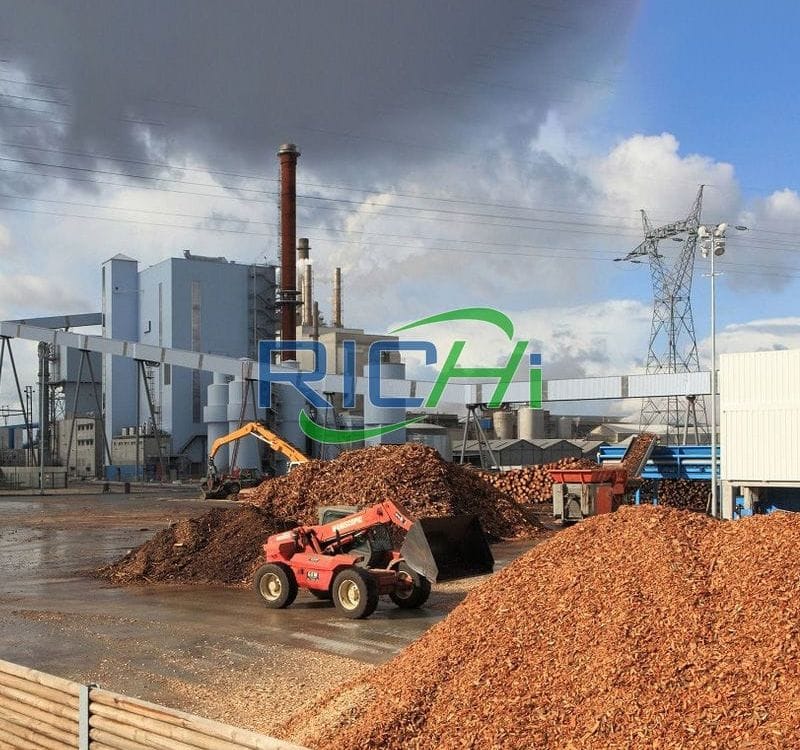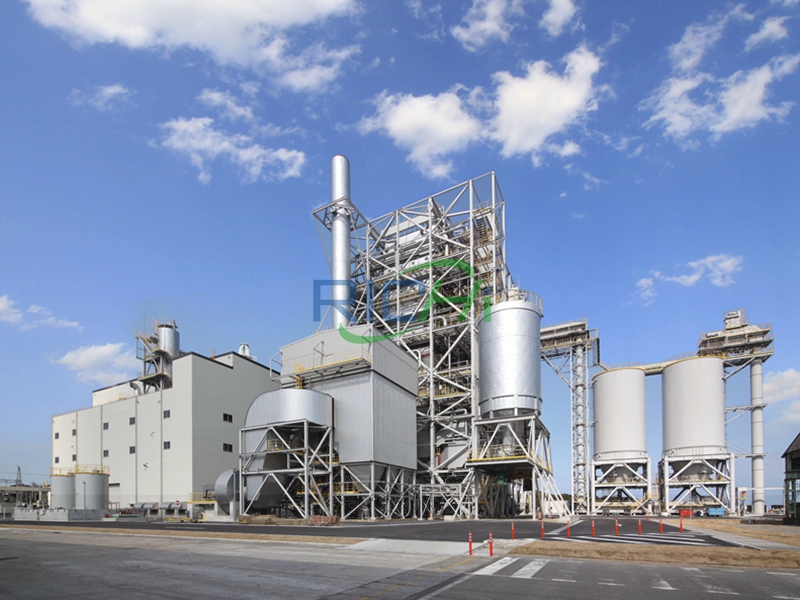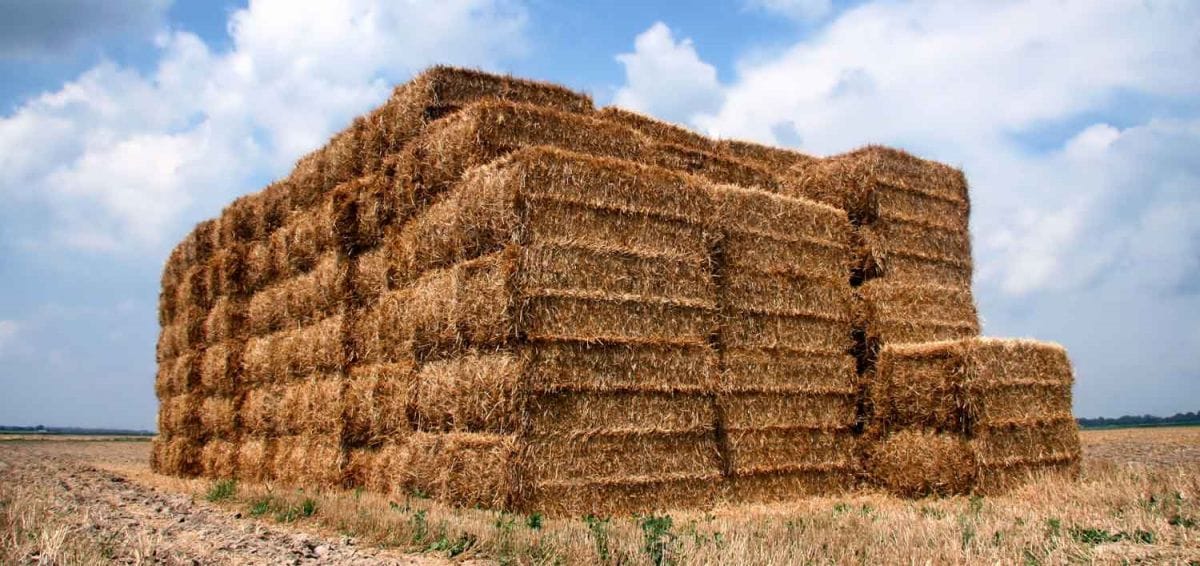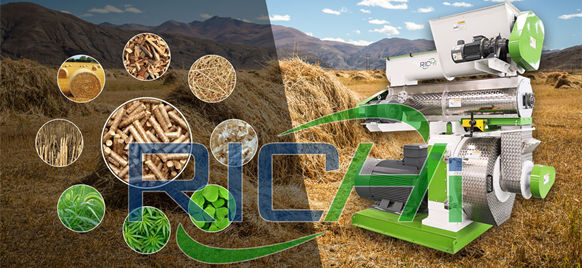As the world grapples with the pressing challenges of climate change and the need to transition towards a more sustainable energy future, the demand for renewable and environmentally friendly solutions has never been greater. In this quest, large wood pellet mills have emerged as a game-changer, offering a scalable and efficient means of transforming abundant biomass resources into a versatile and clean energy source.
The Rise of Wood Pellets: A Renewable Energy Powerhouse
Wood pellets have gained significant traction in recent years, driven by the global push towards reducing greenhouse gas emissions and mitigating the impacts of climate change. These densified biomass fuel pellets offer numerous advantages over traditional energy sources, including:
- Renewable and Sustainable: Wood pellets are produced from renewable biomass sources, such as sawmill residues, forest thinnings, and agricultural waste, making them a sustainable and environmentally friendly fuel option.
- High Energy Density: Through the pelleting process, wood pellets are compressed into dense, cylindrical shapes, increasing their energy density and making them more efficient for transportation and storage.
- Reduced Emissions: When burned, wood pellets produce lower levels of particulate matter and greenhouse gases compared to fossil fuels, contributing to cleaner air and a reduced carbon footprint.
- Versatile Applications: Wood pellets can be used in a wide range of applications, including residential and commercial heating systems, industrial boilers, and co-firing in coal-fired power plants, providing a versatile and adaptable energy solution.
As the demand for sustainable energy solutions continues to grow, the wood pellet industry has experienced a significant surge, driving the need for efficient and reliable large-scale wood pellet production facilities.
The Power of Large Wood Pellet Mills
Large wood pellet mills are designed to meet the growing demand for wood pellets on an industrial scale, offering unparalleled production capacity and efficiency. These state-of-the-art facilities are engineered to handle vast quantities of biomass feedstock, transforming it into high-quality wood pellets through a streamlined and optimized process.The key components of a large wood pellet mill typically include:
- Feedstock Handling and Preparation: Robust systems for receiving, storing, and preprocessing vast quantities of raw biomass materials, such as conveyors, silos, dryers, and high-capacity grinding mills.
- Large-Scale Pellet Production Lines: Multiple high-throughput pellet production lines, comprising equipment for conditioning, pelleting, cooling, and screening the final product on an industrial scale.
- Advanced Automation and Control Systems: Sophisticated automation and control systems to monitor and optimize the entire production process, ensuring consistent quality, efficiency, and real-time adjustments.
- Auxiliary Systems and Infrastructure: Comprehensive supporting systems, including utilities (electricity, water, natural gas), wastewater treatment facilities, air pollution control systems, fire protection, and advanced monitoring and data analytics capabilities.
- Efficient Material Handling and Logistics: Streamlined material handling and logistics systems to ensure seamless integration of all production stages, from raw material intake to final product packaging and distribution.
- Scalability and Modular Design: Modular and scalable designs that allow for future expansion and capacity increases, ensuring the facility can adapt to changing market demands and growth opportunities.
The sheer scale and production capacity of large wood pellet mills offer numerous advantages for investors, entrepreneurs, and industry professionals seeking to capitalize on the growing demand for sustainable biomass energy solutions.
Related post: https://www.richipelletmachine.com/wood-pellet-making-line/
Factors Driving the Demand for Large Wood Pellet Mills
The increasing popularity of large wood pellet mills is driven by several key factors:
- Growing Global Energy Demand: As the world’s population continues to grow and industrialization accelerates, the demand for energy sources is rising rapidly. Large wood pellet mills offer a scalable and sustainable solution to meet this growing demand.
- Transition to Renewable Energy: Governments, industries, and consumers alike are increasingly recognizing the urgency of transitioning towards renewable energy sources to combat climate change and reduce greenhouse gas emissions. Wood pellets, as a renewable and low-emission fuel, are well-positioned to play a pivotal role in this transition.
- Utilization of Biomass Resources: Large wood pellet mills enable the efficient utilization of abundant biomass resources, such as forestry residues, agricultural waste, and dedicated energy crops, contributing to a circular and sustainable economy.
- Industrial and Commercial Applications: The versatility of wood pellets makes them suitable for a wide range of industrial and commercial applications, including co-firing in power plants, industrial boilers, and district heating systems, driving the demand for large-scale production facilities.
- Economies of Scale: Large wood pellet mills benefit from economies of scale, enabling more cost-effective production, improved efficiency, and increased competitiveness in the global biomass energy market.
- Technological Advancements: Continuous advancements in biomass processing technologies, automation, and process optimization are enhancing the performance and efficiency of large wood pellet mills, further fueling their adoption.
As the global energy landscape continues to evolve, the role of large wood pellet mills will become increasingly crucial in meeting the world’s energy needs while promoting sustainable and environmentally friendly practices. These industrial-scale facilities offer a scalable and efficient solution for transforming abundant biomass resources into a clean and versatile energy source, paving the way for a more sustainable and resilient energy future.
Challenges and Future Outlook
While large wood pellet mills present a promising solution for sustainable biomass energy production, they are not without their challenges. One of the primary concerns is the availability and consistent supply of high-quality biomass feedstock.
As the demand for wood pellets increases, there is a need for robust supply chain management and effective partnerships with forestry operations, agricultural producers, and other biomass suppliers.Another challenge lies in the environmental impact of large-scale biomass processing facilities. Stringent measures must be implemented to ensure compliance with environmental regulation
s, minimize emissions, and promote sustainable forestry and land management practices.Despite these challenges, the future outlook for large wood pellet mills remains promising. As the global commitment to combating climate change and transitioning towards renewable energy sources intensifies, the demand for sustainable biomass energy solutions is expected to grow exponentially.
Furthermore, ongoing research and innovation in areas such as advanced biomass processing technologies, alternative feedstock sources, and carbon capture and storage techniques are poised to further enhance the efficiency and sustainability of large wood pellet mills.
By investing in large wood pellet mills, entrepreneurs, investors, and industry leaders can position themselves at the forefront of the sustainable energy transition, contributing to a greener and more resilient future while capitalizing on the growing demand for renewable and environmentally friendly energy solutions.



